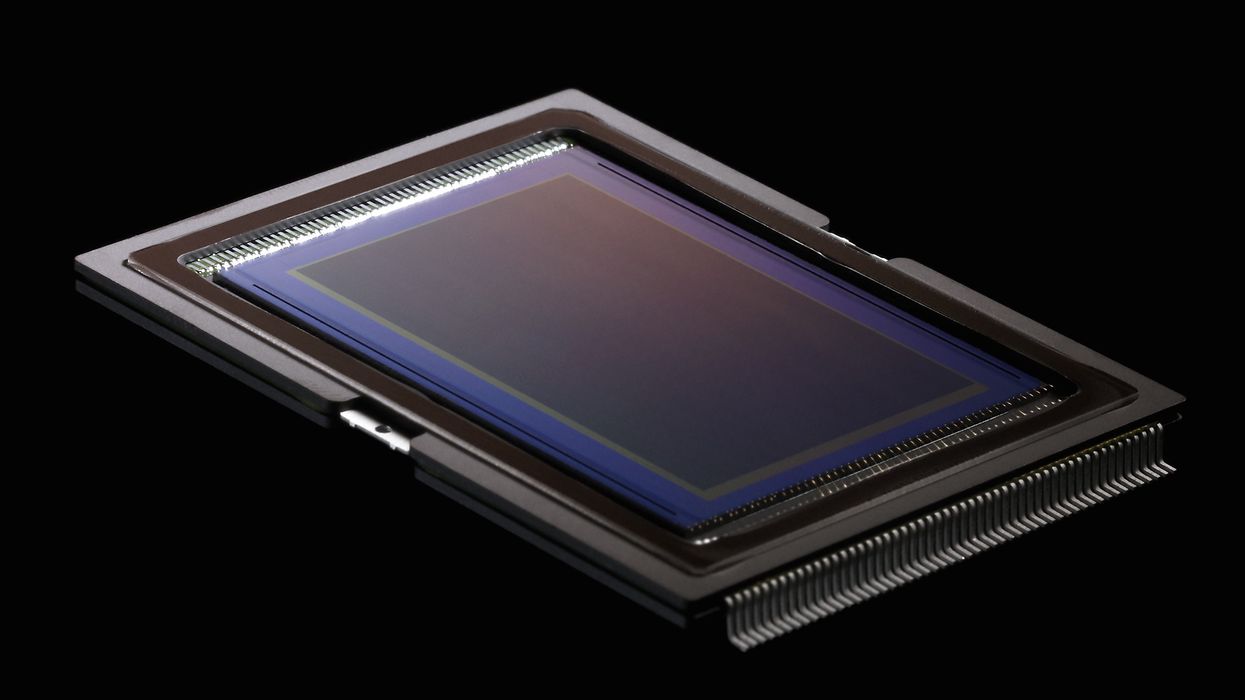Sony's New Sensor May Offer 21 Stops of Dynamic Range & a Base ISO of 5120
Last week, a leaked document gave us hints about an impressive new sensor from Sony. A few more details and rumors have surfaced since then, and that new sensor is sounding more promising than ever.

To recap why this sensor could theoretically provide a massive leap forward in all aspects of image quality, it uses a new technology called Active Pixel Color Sampling that allows each pixel to sample RGB data individually, which eliminates the need for color filter arrays and complex debayering processes. Because of this technology, Sony can use roughly 1/3 of the amount of pixels to output an image with the same resolution as a much more pixel-dense sensor of the same size. This also means that the individual photosites can be much larger, which theoretically will allow for tremendous gains in low-light ability and dynamic range, depending on how the sensor data is processed.
That leads us to the more recent developments. The fine folks at the Sony Alpha Rumors Forum were recently sent a few documents that provide more details about how the sensor works and how it is theoretically expected to perform in terms of ISO and dynamic range. Here is one standout chart from their post which shows latitude

Yes, you read that correctly. If this graph is factual, and that's a big "if," Sony's new sensor will have a base ISO of 5120 and slightly more than 21 stops of dynamic range at that sensitivity. Those specs alone are enough to leave most of us salivating, but it's important to keep a few things in mind.
First and foremost, this is still a rumor, albeit a well-informed one from a supposedly reputable source. Nonetheless, it is a rumor. Secondly, manufacturers are notorious for inflating numbers, especially when it comes to theoretical performance of an unreleased product (I'm looking at you, RED). Lastly, even if this rumor turns out to be true and the new sensor is capable of this kind of extreme performance, that does not mean that whatever product it ends up in will be able to handle the absurd amount of data (and heat) that it will produce. The end product will probably end up with a much more tame set of specs, although it's still likely to be impressive.
Another interesting theory on this new sensor comes from Andrew Reid's site. Over on EOSHD, he speculates that this new sensor is much more likely to be bound for a high speed cinema camera of some kind, as opposed to a new Sony smartphone as the original rumor indicated. Although I think he's on to something with that assessment, it is still based on spec sheets that are un-confirmed and hypothetical. Still though, despite my skepticism, most indications are pointing towards Sony jumping into the extreme high frame rate filmmaking space with the likes of Phantom. I, for one, would love to see that happen.
To learn more about the leaked documents, and to read them for yourselves, head on over to Sony Alpha Rumors. While you're there, it's worth reading the comments of that article because there are some interesting and well-reasoned opinions about this sensor.
Source: Sony Alpha Rumors











